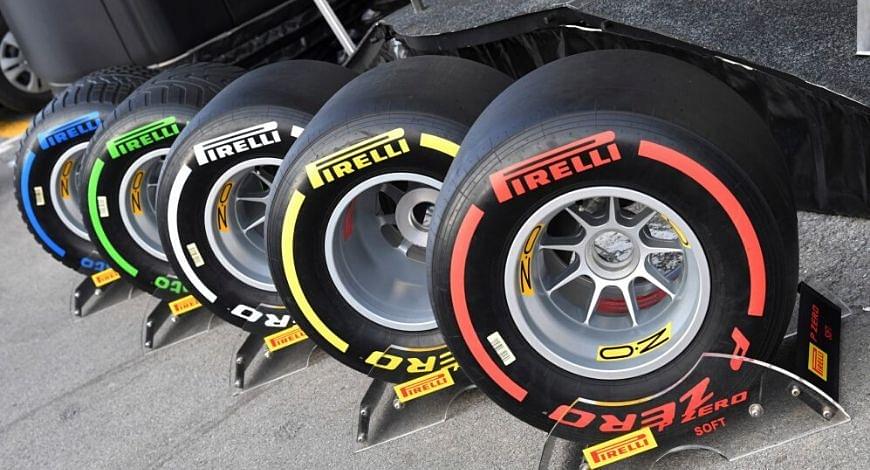Why F1 Tyres are filled with Nitrogen: A sneak peek into one of the most essential parts of an F1 car and why it’s built is so different.
Formula One tyres have undergone rapid transformation since the 1950s. There have been numerous tyre manufacturers, namely Avon, Bridgestone, Continental, Dunlop, Englebert, Firestone, Goodyear and Michelin.
Over the last decade, the Italian tyre manufacturing giants Pirelli have been the official suppliers to Formula One races. For the 2020 season, five tyre types are being used – Hard (White), Medium (Yellow), Soft (Red), Intermediate (Green), and Wet (Blue). The Hard, Medium, and Soft tyres are for dry conditions; Intermediate and Wet for wet, rainy race situations.
Typically, the tyres used in Formula One are superficial forms of a normal road tyre i.e. they last not more than a Formula One race. They are made in such a way to ensure high-speed racing, but naturally, lack the durability of a normal road tyre.
Also, unlike normal road tyres, Formula One tyres are filled up with nitrogen gas instead of air. Air is a mixture of 78% nitrogen but more significantly 21% of oxygen. Nitrogen gas is used for two primary reasons.
Firstly, it provides higher consistency. The moisture content of air is variable depending on the local weather conditions of the locations of races all across the globe, which varies significantly. By using dry nitrogen gas, the tyres will behave in a predictable, consistent manner in any part of the world.
Air, because of the presence of oxygen in it, is also highly reactive in nature. It reduces the pressure in the tyres if filled with it. Using pure nitrogen negates this issue and tyres remain consistent as ever.
Secondly, as the tyres wouldn’t have air or water vapour in it, the inside of the rims are immune from the effects of rusting. They are also lighter than air, allowing for faster race speeds.
No wonder, in spite of nitrogen gas-filled tyres being more expensive, Formula One still continues to fill their Pirelli tyres with it, instead of the humble air.




